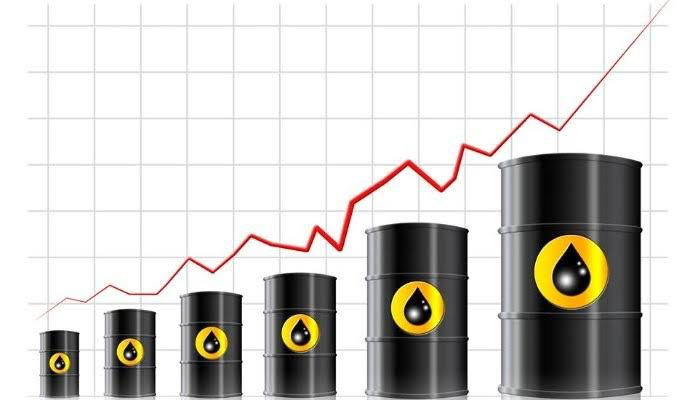Oil prices edged higher as geopolitical tensions in the Middle East continue to raise concerns over potential supply disruptions. This latest uptick comes amid escalating conflicts in the region, which have historically influenced global oil markets due to the area’s significant role in energy production.
Brent crude, the global benchmark, rose to over $85 per barrel, while West Texas Intermediate (WTI), the U.S. benchmark, climbed to around $80 per barrel. Analysts attribute these increases to a combination of factors, including fears of supply chain disruptions and the market’s reaction to ongoing geopolitical uncertainties.
The recent unrest has been particularly focused on the Strait of Hormuz, a critical chokepoint through which a significant portion of the world’s oil supply is transported. Any threat to the free flow of oil through this strategic waterway can cause substantial volatility in global oil prices. In response to the escalating situation, several countries have heightened their military presence in the region, adding to the market’s anxiety.
In addition to geopolitical concerns, there are ongoing supply issues within the Organization of the Petroleum Exporting Countries (OPEC) and its allies, collectively known as OPEC+. The group has struggled to maintain its production quotas, partly due to internal disagreements and technical difficulties among member countries. This has created additional uncertainty in the market, as investors weigh the potential for tighter supply against fluctuating global demand.
On the demand side, there are mixed signals. While global oil consumption is expected to increase as economies recover from the COVID-19 pandemic, there are concerns about the pace of this recovery. Inflationary pressures and high energy prices are prompting fears of a slowdown in economic growth, which could dampen demand for oil. Moreover, China’s recent economic challenges and its stringent COVID-19 policies have also raised concerns about a potential decrease in demand from one of the world’s largest consumers of oil.
Despite these concerns, some market analysts remain optimistic about the outlook for oil prices. They point to the ongoing energy transition and the significant investments needed to shift away from fossil fuels. As traditional oil and gas projects face increased scrutiny and funding challenges, the potential for supply constraints in the future could support higher prices.
Furthermore, the upcoming winter season in the Northern Hemisphere is likely to increase demand for heating oil, providing another potential boost to prices. Energy analysts are closely monitoring the situation, particularly in Europe, where gas shortages and high prices have already sparked fears of an energy crisis.
In the short term, traders and investors are keeping a close watch on developments in the Middle East, as any escalation could lead to further price increases. The oil market remains highly sensitive to geopolitical events, and any disruptions in the region could have far-reaching implications for global supply and pricing.
As the situation continues to evolve, the market’s focus will likely remain on the balance between supply and demand, geopolitical risks, and the broader economic outlook. While the future of oil prices is uncertain, the current tensions in the Middle East underscore the importance of stability in this vital region for global energy markets.
Source: The Wall Street Journal.



